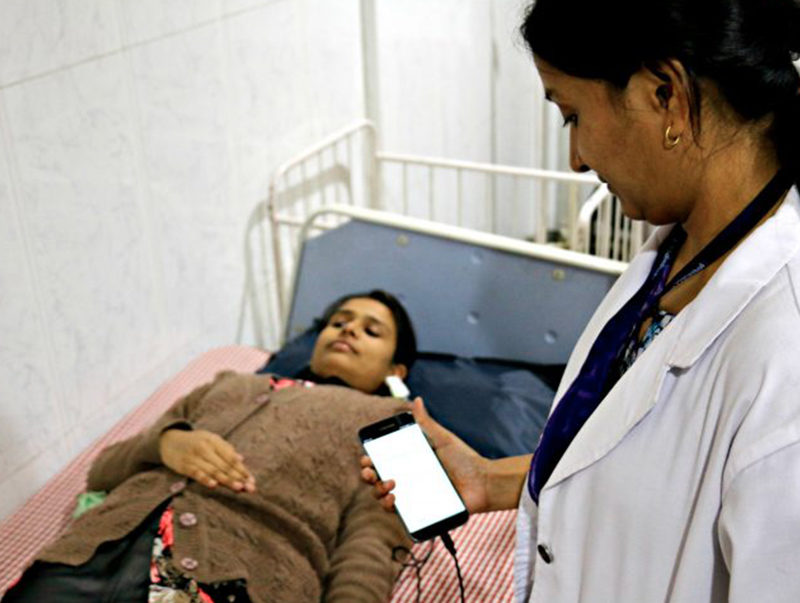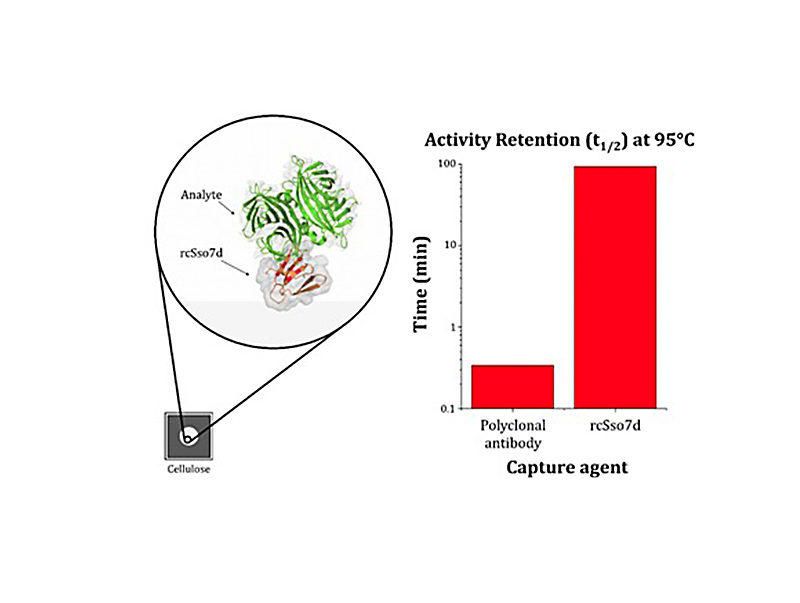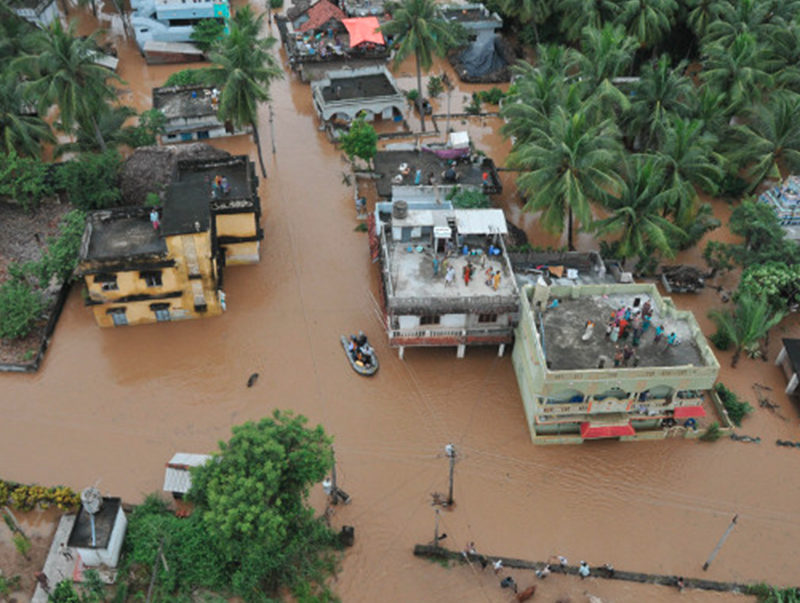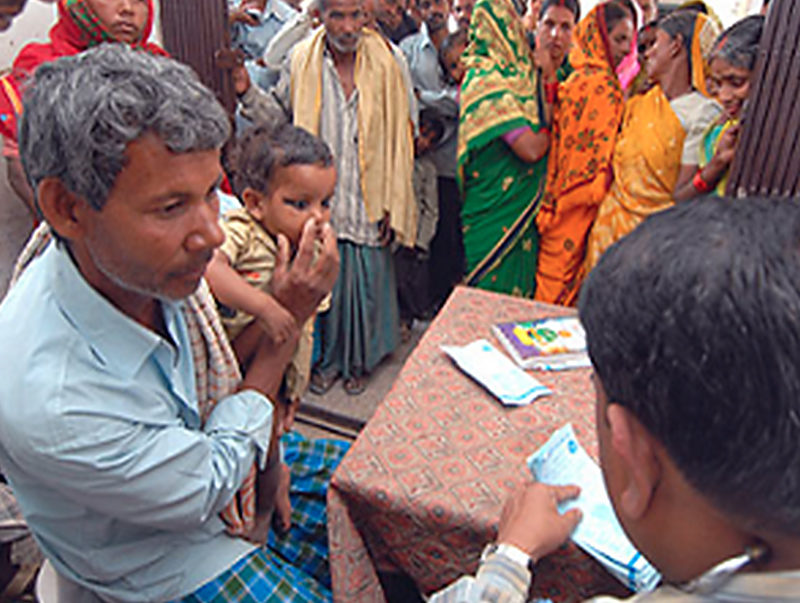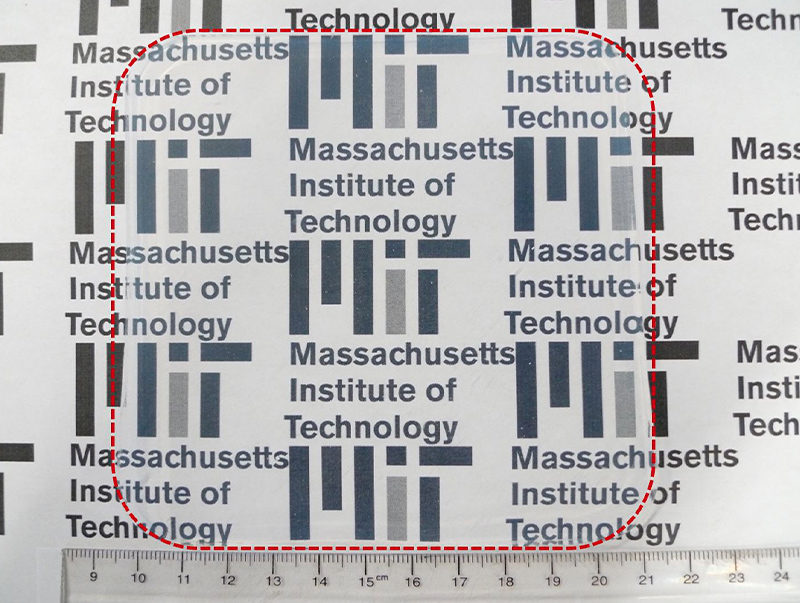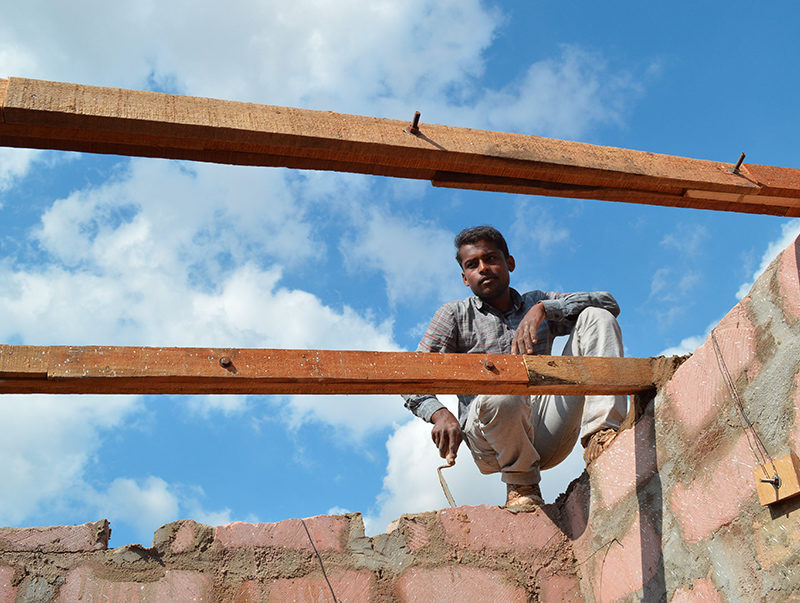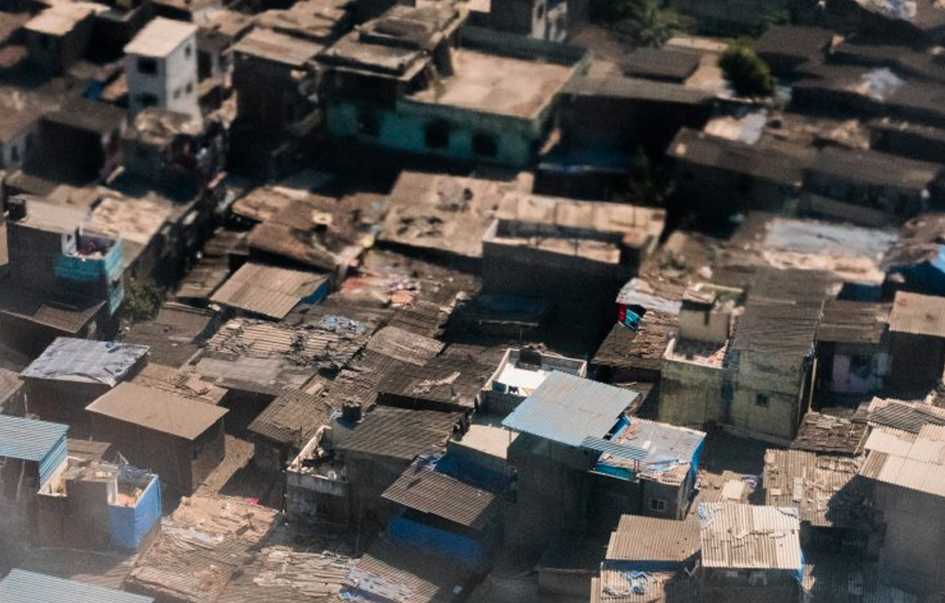
PROJECT DETAILS
- Focus Area Health, Housing
- Faculty Leslie Norford
- Fellow Justin Lueker
- Mentor Aditya Barve
In the informal settlements or “slums” of megacities like Mumbai, large populations are exposed to household air pollution (HAP) levels that far exceed exposure limits recommended by the World Health Organization (WHO). In fact, the WHO has labeled poor indoor air quality—derived from both indoor pollution sources (e.g. cookstoves) and outdoor sources—as the most prevalent environmental risk factor worldwide, resulting in 4.3 million premature deaths annually. Government housing authorities in major Indian cities seek to resettle slum dwellers to permanent multistory structures to mitigate land scarcity and provide security of tenure. However, the conventional architectural schemes of today’s resettlement buildings create indoor air environments that are often no better than in the slum communities from which residents were relocated—leading to these high rises to be derided as “vertical slums.”
To support acceptable health outcomes and achieve the desired efficient use of land in crowded areas, this project proposes a campaign of household pollution measurement across existing slum and resettlement buildings, energy and pollutant transport simulations, and architectural optimization. The resulting design strategies for low income urban housing will be assembled for presentation to Mumbai’s Slum Rehabilitation Authority (SRA), as well as other relevant government agencies and industry stakeholders.




